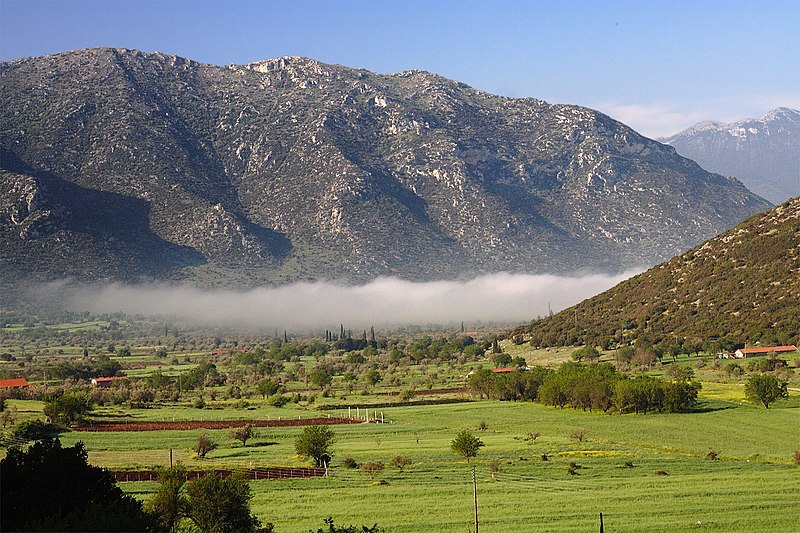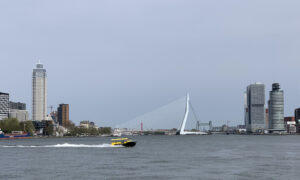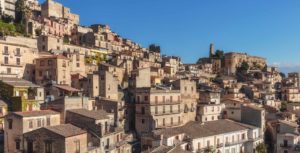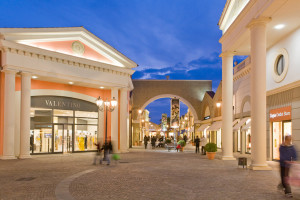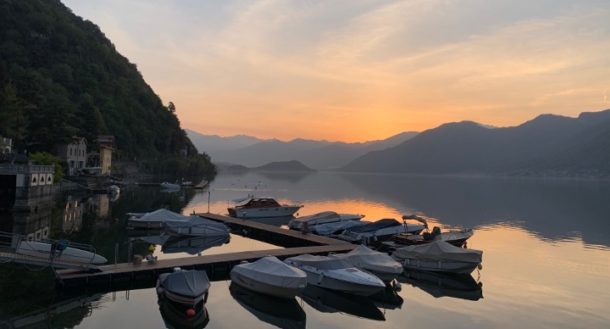(Editor’s note: This post on the Arcadia region of Greece is Dispatches’ first conventional travel piece since the pandemic began back in February, 2020. Time to hit the road again, but be sure to check travel restrictions before you book, especially if you’re in the United Kingdom. You can see our regularly updated post-pandemic travel post here .)
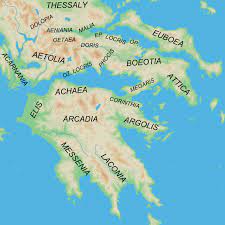
The Peloponnese is the magical and diverse peninsula of southern Greece. This unique region boasts cool, green mountain villages, sun-bleached and dusty ancient cities, breathtaking coastlines, snow-capped mountains, fertile valleys and arid, almost Mars-like tracts of land. As if that weren’t enough, there are also countless ancient and medieval cultural monuments to visit. Known as the Morea in the Middle Ages, the Peloponnese is connected to the mainland by the Isthmus of Corinth and by several bridges. And of this diverse area, it’s the Arcadia region that’s been celebrated in literature over the centuries as an unspoiled, harmonious wilderness.
With summer in the air but not quite here and COVID-19 restrictions being eased by the day, some of us are finally ready to fully embrace spring. If wildflowers and cool mountain air appeal to you, Arcadia is the place to be.
Just a two-and-a-half-hour drive from Athens, this area of remarkable natural beauty is actually an easy and bucolic getaway any time of the year. Wandering around the sparsely-populated mountain villages of this mythical land, it is easy to see why Arcadia has come to symbolize an artistic and pastoral vision of harmony between humans and nature. Having said that, don’t be surprised if loud trucks, mobile phones and blaring music break the spell here and there, but you can easily get lost in poetic thoughts as you wander away from the hub of the small villages.
As you explore, keep an eye out for the regional god of nature, fertility and the wild, aka Pan – half man, half goat and companion to the nymphs ….
Scenic mountain villages of Arcadia
Dimitsana
A popular place with hikers in the summer and skiers in the winter, this atmospheric and historic village is on the Greek registry of traditional settlements. Many of its remarkable stone buildings have been restored and, clustered closely together, they make for a very special sight. Dimitsana’s location on the western slopes of Mt. Mainalo, overlooking the Lousios Gorge, offers some incredible views of the area.
Karytaina
Surrounding an impressive medieval castle, Karytaina displays a unique mish-mash of historical influences including Byzantine, Ottoman, Frankish and Venetian elements. The village was also used as a base of operations during the Greek Revolution. Karytaina is situated on the right bank of the longest river in the Peloponnese – the Alpheios – and there are lots of outdoor activities to do and beautiful churches, stone bridges and views of nature to enjoy in the area.
Stemnitsa
Home to the Stemnitsa School of Silver and Gold Smithery, this lovely village is no less steeped in history than the others in the area. There are lots of accommodation options in this sweet little community and you will love its traditional architecture and lively main square with its calming mountain views.
While there, be sure to check out the Folklore Museum and see if the cultural center has any events planned.
Recommended hotels and B&Bs include Mpelleiko Guesthouse (5 out of 5 on Tripadvisor, 194 reviews) and the Stemnitsa Guesthouse, (5 out of 5 on Tripadvisor, 59 reviews.)
Vitina
Due partly to the fact that the Greek National Road passes through Vitina, it is the busiest village of the lot. Vitina offers views of surrounding pine, fir and chestnut trees and its Love Road is a special sight in any season. Check out the folklore museum and be sure to pick up some delicious local honey while you are there.
Several other villages dot the area. Many are very small (such as Langadia—one of my personal favorites) but well worth a stop, even if just for a coffee in a charming village square. See where the spirit of Pan takes you!
Don’t miss:
• the Open-Air Water Power Museum – The museum is located in Dimitsana and contains a lot of original artifacts and is interesting and fun for all ages.
• the beautiful Lousios River and Gorge is said to be where Zeus had his first bath after birth. Check out this mythical area for hiking and rafting adventures galore. The Lousios gorge is also known as the “Mount Athos of the Peloponnese” because of the five monasteries that are literally built into the walls of the gorge.
• The Menalon (Mainalon) Trail is a 75-kilometer certified trail which is divided into eight sections so you can choose the length and level of challenge that are right for you. You can pick up the trail at one of several villages in the area, including Stemnitsa and Dimitsana.
• The Mainalon Ski Center is small, quiet and low key, with three lifts for beginner and
intermediate slopes, plus a snowboarding area. The website is currently only in Greek, but
the center’s telephone number is: (0030) 6985063909.

About the author:
A Pittsburgher by birth, Christina T. Hudson is also half Greek and has – so far – spent most of her life in Athens, the chaotic but captivating capital city of Greece. She studied Language and Literature at Moravian College and has worked as a teacher, an editor, a writer and a photographer.
You can see more of her work here at A Pixel for Your Thoughts.
You can see more of her posts here.
See more about Greece in Dispatches’ archive here.
A Pittsburgher by birth, Christina T. Hudson is also half Greek and has – so far – spent most of her life in Athens, the chaotic but captivating capital city of Greece.


